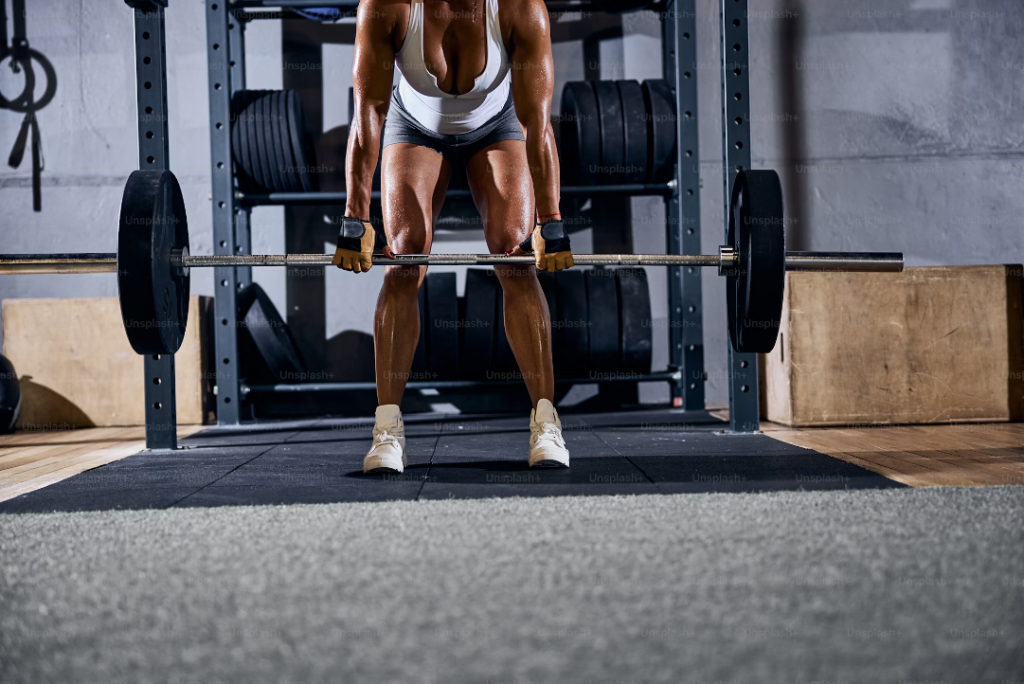1. Introduction
1.1 Importance of Proper Form
Proper form is the cornerstone of successful weightlifting. It not only maximizes gains but also minimizes the risk of injury. Yet, many enthusiasts overlook this crucial aspect, often leading to setbacks and frustration.
1.2 Purpose of the Article
This article aims to delve into the intricacies of proper form in weightlifting, highlighting common mistakes and providing practical tips to master it effectively.
2. Understanding Proper Form
2.1 Definition of Proper Form
Proper form refers to executing exercises with correct posture and technique, ensuring optimal muscle engagement and joint alignment.
2.2 Importance of Proper Form in Weightlifting
Proper form enhances muscle recruitment, leading to more significant gains over time. Additionally, it reduces strain on joints and ligaments, promoting long-term joint health.
3. Common Mistakes in Weightlifting
3.1 Arching the Back
Arching the back during lifts, such as deadlifts or rows, increases the risk of spinal injury and diminishes the effectiveness of the exercise.
3.2 Rounded Shoulders
Rounding the shoulders, especially during overhead presses or bench presses, compromises stability and limits the range of motion, hindering muscle development.
3.3 Improper Foot Placement
Incorrect foot placement can destabilize lifts like squats or lunges, leading to imbalance and potential injuries.
3.4 Using Momentum
Relying on momentum rather than muscle contraction reduces the effectiveness of the exercise and increases the likelihood of strains.

3.5 Overextending Joints
Overextending joints, particularly in movements like hyperextending the elbows or knees, puts undue stress on ligaments and cartilage, inviting injuries.
4. Consequences of Poor Form
4.1 Increased Risk of Injury
Poor form significantly heightens the risk of acute injuries, such as muscle strains, ligament tears, or even fractures.
4.2 Stunted Progression
Persisting with improper form impedes muscle growth and strength development, leading to stagnation in performance.
4.3 Plateauing in Performance
Repeatedly performing exercises with poor form can lead to plateauing, where progress halts despite continued effort.
5. Tips for Mastering Proper Form
5.1 Educate Yourself
Prioritize learning about correct form for each exercise through reputable sources like certified trainers or instructional videos.
5.2 Start Light
Begin with lighter weights to focus on mastering technique before gradually increasing intensity.
5.3 Focus on Technique Over Weight
Place emphasis on proper form rather than lifting heavier weights prematurely, as technique precedes strength gains.
5.4 Use Mirrors or Video Recording
Utilize mirrors or record your workouts to visually assess your form and make necessary adjustments.
6. Importance of Consistency
6.1 Benefits of Consistent Form
Consistent adherence to proper form ingrains correct movement patterns, leading to enhanced muscle development and performance.
6.2 Role of Muscle Memory
Regularly practicing correct form reinforces muscle memory, making it easier to maintain proper technique during workouts.
7. Conclusion
Mastering proper form in weightlifting is paramount for achieving optimal results while mitigating the risk of injuries. By understanding common mistakes and implementing practical tips, enthusiasts can enhance their performance and overall well-being.